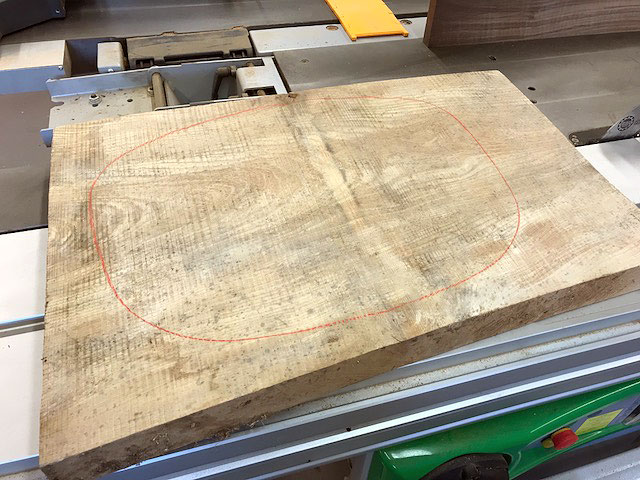I've just bought a board of elm because even in its rough sawn state the grain looks spectacular and I thought why not give it a go and see what happens.
I intend to use hand planes and of course they will be sharp but I was wondering if there are any particular things about elm that one has to bear in mind when planing it. It's obviously going to lie around for a month or two so that it has a chance to settle before I have a go at it.
I was actually a bit surprised to see it in the timber yard because I had a vague memory of the Dutch having wiped elm out or something.
I intend to use hand planes and of course they will be sharp but I was wondering if there are any particular things about elm that one has to bear in mind when planing it. It's obviously going to lie around for a month or two so that it has a chance to settle before I have a go at it.
I was actually a bit surprised to see it in the timber yard because I had a vague memory of the Dutch having wiped elm out or something.


















































